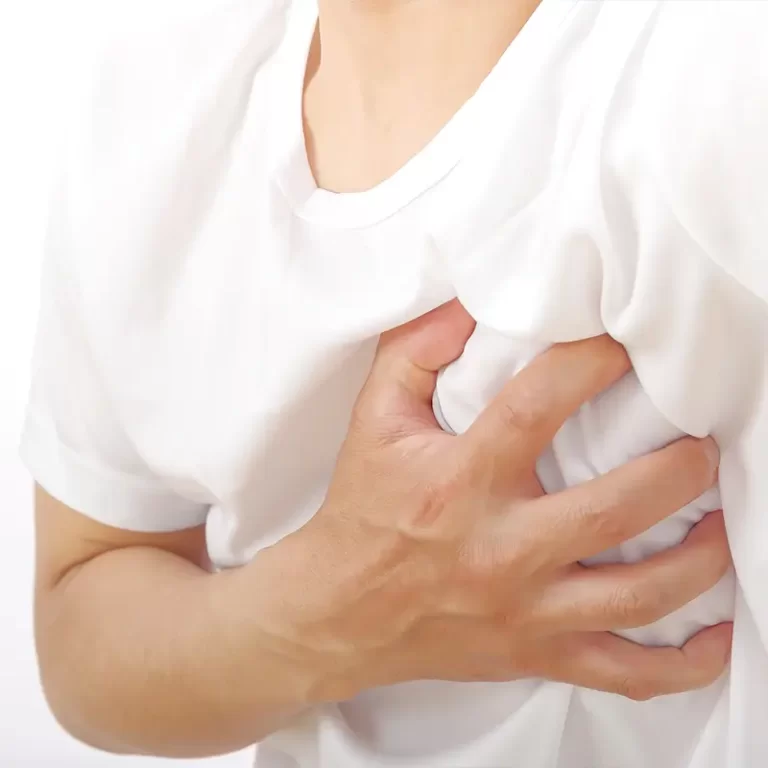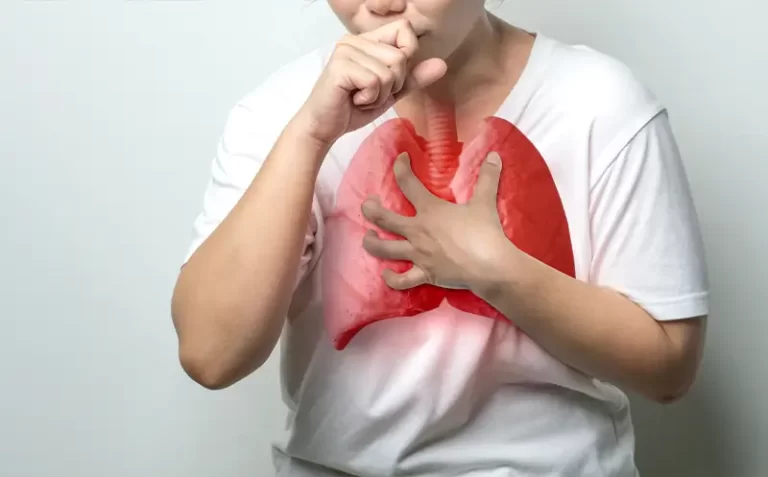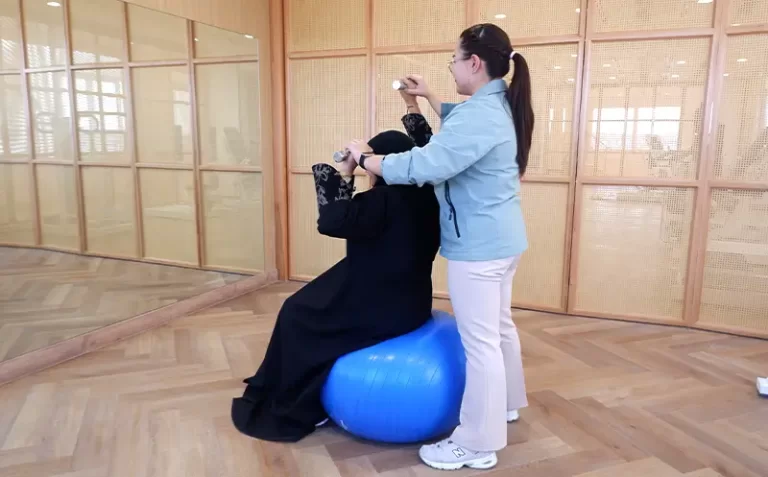Cardiopulmonary Rehabilitation

What is Cardiopulmonary Rehabilitation?
The cardiovascular and pulmonary system consists of three main components: the heart, blood vessels, and lungs. Here’s a brief description of each:
Heart
The heart is the center of the circulatory system. It functions as a pump that sends oxygenated blood to various parts of the body through arteries and returns deoxygenated blood to the heart through veins.
Vessels
Blood vessels are divided into two types: arteries and veins.
Arteries
These come in various sizes, both large and small, and contain muscular layers that can contract and expand.
Veins
These are less strong and elastic than arteries but have longer muscular layers and valves to prevent blood from flowing backward.
Lungs
These are less strong and elastic than arteries but have longer muscular layers and valves to prevent blood from flowing backward.
Cardiopulmonary Function
The main role is to deliver blood rich in nutrients and oxygen to nourish different parts of the body. Oxygenated blood flows through the arteries, and after the body uses the oxygen, the deoxygenated blood returns through the veins to the heart, which then pumps it to the lungs to expel carbon dioxide through exhalation. At the same time, the lungs take in oxygen through inhalation, and the oxygen is then carried into the circulatory system. Typically, the heart pumps blood throughout the body, and in a resting adult, the heart beats 60-100 times per minute.
Disease
refers to issues affecting the functioning of the heart, blood vessels, and lungs. This often begins with an obstruction in blood circulation, which can immediately raise blood pressure. The obstruction may occur in the coronary arteries, arterial and venous blood vessels, or the pulmonary blood vessels. In some cases, patients may have a direct heart or lung disorder. Common problems observed in this group of patients include
- Shortness of breath, dyspnea
- Palpitations or irregular heartbeat, Arrhythmia
- Chronic cough
- Peripheral arterial disease
- Swollen legs and darkened skin, Peripheral edema
- Weakness, fatigue, inability to perform daily activities or exercise, Poor endurance
- Chest pain
- Clubbing fingers
- Inability to lie flat, Orthopnea

Physical Therapy for Cardiopulmonary Rehab
Key Objectives of Physical Therapy for Patients with Cardiopulmonary Conditions
The primary goal of physical therapy for this group of patients is to conduct an individual assessment and create a closely monitored plan (Individual Assessment and Training). This is crucial in the initial stages to ensure that both the patient and their family understand the goals of rehabilitation.
Physical therapy aims to enhance blood circulation and improve oxygen delivery throughout the body efficiently, benefiting patients with heart or lung problems (Improve circulation and ventilation).
The ultimate goal is for patients to return to their daily lives independently or, in some cases, to resume physical exercise close to their normal capacity (Back to daily life and sport exercise).
Common diseases include:
- Asthma
- Bronchiectasis
- Chronic Obstructive Pulmonary Disease (COPD) and Emphysema
- Pleural Effusion
- Pneumonia
- Pneumothorax
- Coronary Artery Disease
- Arrhythmia
- Heart Valve Disease
- Heart Failure
Physical Therapy Assessment
Management of Physical and Occupational Therapy Issues in Patients with Cardiopulmonary Conditions
In physical therapy, we generally categorize patients into two main groups: 1. Cardiovascular group, and 2. Pulmonary disorder group. This classification helps in creating treatment plans. Both groups may require medication or surgical intervention depending on the type and severity of the disease. In physical therapy, we analyze and plan rehabilitation based on common issues such as:
Shortness of breath and difficulty breathing (Dyspnea)
This makes it challenging for patients to move or perform daily activities (Limited Activity). The focus is on teaching proper breathing techniques and positioning that make breathing easier for each patient (Positioning and Breathing Exercise).
Limited chest wall movement
The focus is on breathing exercises that expand the chest in different positions (Chest Mobilization and Breathing Exercise).
Poor endurance
Refers to fatigue and reduced exercise tolerance, a chronic issue for cardiopulmonary patients. Physiotherapists must analyze the severity and duration of the disease for each patient to develop an exercise plan that continuously improves heart and lung function. This requires close and consistent monitoring for at least one month (Cardiopulmonary Rehab Programs).


Physical Therapy Assessment for Cardiopulmonary Rehab
emphasizes the use of specific exercise equipment tailored to each patient. The goal is to determine the appropriate force, intensity, and duration. Equipment such as treadmills and cycling machines are used for training patients for 20-45 minutes. In the initial stages, physiotherapists closely monitor the rehabilitation process to ensure safety and maintain the quality of care, working in collaboration with the patients.
Our Team and Specialists
Doctors review and assess the severity of the condition and play a key role in designing rehabilitation plans, providing guidance for patients, physiotherapists, and occupational therapists.
Occupational Therapists
for neurological patients focus on assessing and analyzing to create treatment plans that enable patients to regain independence in daily activities, such as speech therapy, swallowing training, writing or reading exercises, and daily self-care tasks like bathing and dressing.
Physiotherapists
for neurological patients focus on assessment and analysis to develop rehabilitation plans aimed at improving mobility. Their goal is to help patients regain the ability to sit, stand, or walk and reintegrate into society and their external environment.
The multidisciplinary team is a crucial component, ensuring that patients and their families receive comprehensive care and continuous follow-up for neurological issues. The ultimate goal is for patients to return to a near-normal daily life.
